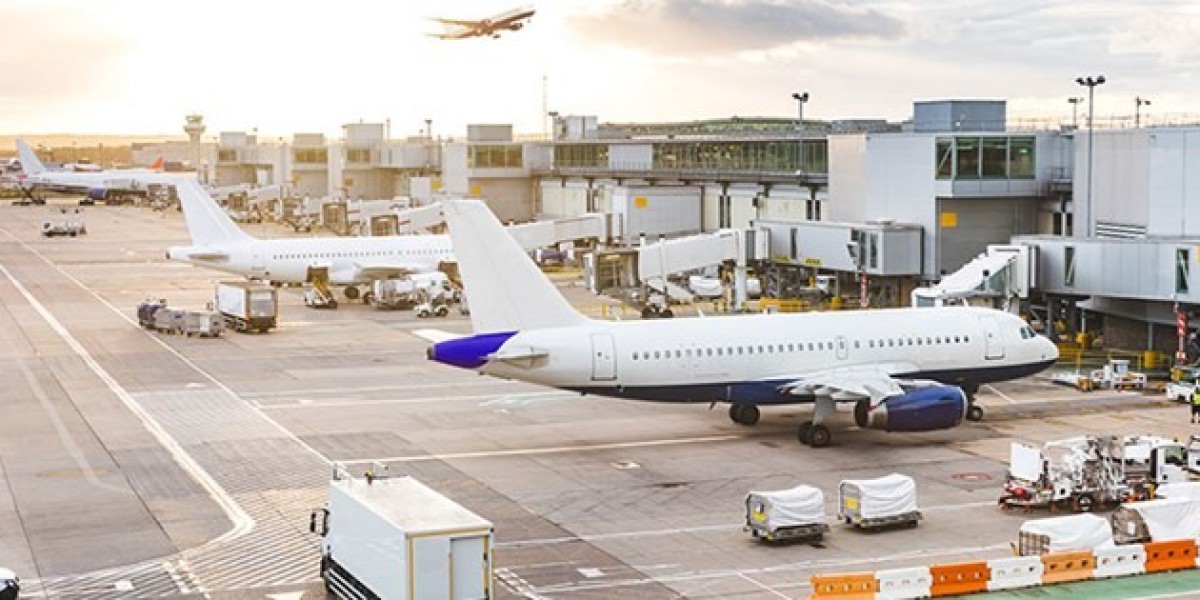Introduction to Airport Operations
Airport operations encompass all activities necessary to ensure the safe, efficient, and secure functioning of an airport. From passenger check-in to aircraft movement, these operations coordinate complex processes that keep airports running smoothly. They involve various departments such as air traffic control, ground services, security, maintenance, and customer service. Effective management of these elements minimizes delays, enhances safety, and improves passenger experience. Airports must adapt quickly to changing weather conditions, security threats, and technological advancements. The goal is to create a seamless travel experience while maintaining high safety standards. Robust airport operations are vital for the economic growth of regions, supporting tourism, trade, and connectivity on a global scale.
Air Traffic Control: The Heart of Airport Operations
Air traffic control (ATC) is a critical component of airport operations that manages aircraft movements in the airspace and on the ground. ATC personnel coordinate takeoffs, landings, and taxiing to prevent collisions and ensure smooth flow. They monitor aircraft positions via radar and communicate with pilots to provide instructions. ATC also manages traffic during adverse weather and emergencies, making real-time decisions to prioritize safety. Their work requires high precision, quick thinking, and excellent communication skills. Effective ATC operations prevent delays and ensure timely arrivals and departures, directly impacting passenger satisfaction. As air traffic increases globally, advancements in ATC technology are essential for managing growing airline demands efficiently and safely.
Ground Handling and Aircraft Servicing
Ground handling services are vital to airport operations, involving all activities related to aircraft while on the ground. These include baggage handling, aircraft cleaning, refueling, catering, and maintenance checks. Ground staff coordinate with airlines and air traffic control to prepare aircraft for departure or arrival. Efficient ground handling reduces turnaround times, enabling airlines to maintain schedules and optimize aircraft utilization. Safety protocols are strictly followed during servicing to prevent accidents and ensure compliance with regulations. Advanced technology, such as automated baggage systems and real-time tracking, enhances the efficiency of ground operations. Proper ground handling directly impacts airline performance, passenger satisfaction, and overall airport productivity.
Security Measures and Passenger Safety
Security is a cornerstone of airport operations, safeguarding passengers, staff, and aircraft from threats. It involves comprehensive screening processes, surveillance systems, and strict access controls. Passengers and luggage go through security checks, including metal detectors, X-ray scans, and sometimes biometric verification. Security personnel monitor for suspicious activity and respond swiftly to incidents. Additionally, airports implement cybersecurity measures to protect sensitive data and operational systems. Maintaining a balance between security and passenger convenience is crucial for a positive travel experience. Regular training and drills ensure staff readiness. Robust security measures not only prevent security breaches but also bolster passenger confidence in air travel safety.
Maintenance and Safety Protocols
Regular maintenance is essential for the safety and reliability of airport infrastructure and aircraft. Runways, taxiways, and terminal facilities undergo routine inspections and repairs to prevent accidents. Aircraft are subjected to scheduled maintenance checks to ensure airworthiness. Safety protocols include emergency response plans, fire safety measures, and health standards, especially relevant during health crises like pandemics. Maintenance teams utilize advanced diagnostic tools to detect issues early. Strict adherence to international safety standards reduces risks and promotes operational continuity. Investing in maintenance and safety protocols helps prevent accidents, minimizes downtime, and ensures compliance with regulatory authorities, ultimately safeguarding lives and securing the airport’s reputation.
Passenger Services and Experience
Enhancing passenger experience is a priority in airport operations, involving efficient check-in processes, clear signage, and comfortable amenities. Customer service counters and information desks assist travelers with inquiries and special needs. Modern airports offer amenities such as lounges, Wi-Fi, retail outlets, and dining options to improve comfort. Passenger flow management, including queue management systems and digital boarding passes, reduces wait times. Airports also provide assistance for travelers with disabilities and unaccompanied minors. A positive experience encourages repeat travel and strengthens airline loyalty. Continuous investment in technology and service quality aims to create a welcoming, stress-free environment, making air travel more enjoyable and accessible for all passengers.








